Gong Tao (宫绦 ; gōng tāo)
a. A hanging ornament tied around the waist, usually combined with Hanfu. A rope is used in the middle, jade pendants, gold ornaments, bone carvings, Chinese knots, and other heavy objects are tied at both ends, and tassels are attached at the ends.
b. Ribbons that were specially made at the palace or made imitations of the palace. Also known as “Gong Tao”.
Si Tao (丝绦 ; sī tāo)
A ribbon or rope is woven from the silk. Usually combined with robes, aprons, and other clothing. It can be considered a simplified version of Gong Tao.
History of the Gong Tao
Gong Tao is an accessory that dates back to the Warring States Period. Gong Tao is a long woven rope with tassels attached to both ends.
Depending on the period, such as before and during the Pre-Qing period, additional features may be added, such as beads and pendants. Hanfu in Chinese history has been through a long period of time, so the design and purpose of the Gong Tao have also developed. Although different, the common feature is a woven rope and tassels at both ends, used as clothing accessories or objects.
Gong Tao usually consists of three parts: a woven rope, a tassel end, and a pendant or other heavier object tied between the rope end and the tassel. Its purpose is to be worn over the Hanfu at the waist to act as a belt and also to prevent the clothes from blowing in the wind.
Since ancient times, clothing has been an important aspect of Chinese culture. Just like now, some clothes were worn based on the situation. This is very important for people of status and scholars involved in politics. The formal dress would be worn at ceremonies, gatherings, and rituals based on their dynastic dress system.
During formal events in the dynastic period, bureaucratic scholars would follow the “峨冠博带 (é guān bó dài)”, meaning wearing a tall hat with a formal dress paired with a wide belt. Other than the occasion, casual wear can be worn without heavy accessories.
The Gong Tao in this situation was worn as casual wear, so you could say that Gong Tao was a must-have for the ancient Chinese to keep in their homes unless they only wore formal clothes all year round.
Because it was worn with everyday clothes, Gong Tao couldn’t be compared with accessories like gold, silver, and jade which indicated the identity and status of the wearer.
In ancient China, Gong Tao was not something easily bought from shops the way people buy food. However, it was an item made by women in their room as a hobby, like embroidery learned at a young age for all women. By looking at the Gong Tao, one can see whether the woman who made it has high skills or not.
Gong Tao can be worn by both men and women, although depending on the dynasty, Gong Tao may be more popular in men/women only. In addition, like Xiangnang (香囊), Gong Tao can also be given as a token of love to the opposite sex. Women who make Gong Tao can use them themselves or give them to men as a token of love.
Gong Tao was not only limited to commoners, it was also popular among scholars. During the Ming dynasty, scholars would wear the Zhiduo 直裰 (zhí duō), a type of long garment paired with a Gong Tao linked by jade or tied at the center front of the garment.
Gong Tao material
In general, Gong Tao is a simple accessory, but at the end of the woven rope, everyone can add certain accessories according to their preferences.
Some only have tassels and some prefer to add heavier items to press down on clothes such as jade pendants, gold jewelry, bone carvings, or Chinese knots.
Apart from decorating with different small accessories, they could also have intricate embroidery woven using various colored silk threads.
Difference between Gong Tao and Jin Bu
When it comes to having some kind of weight to press clothes, apart from Gong Tao, another accessory that serves the same purpose is Jin Bu (禁步 ; jìn bù). The obvious difference is the type of material that both are made of – the material and the length of this accessory.
Jin Bu’s length can vary. Some are long enough to reach below the knee, but they are usually only about half an arm long and won’t come below the knee.
Jin Bu’s tying technique was quite easy. This is just a knot. Most Jin Bu has the end of the rope looped at the top. The end of the knot would be tucked under the waistband of the wrapped clothes, then the entire Jin Bu would be threaded through the loop that was coming out from the top of the belt. This method will essentially secure access to the garment unless it is unfastened or the wrap dress’s sash is removed.
Gong Tao is generally longer than Jin Bu. The length should be long enough to wrap around the waist once or twice as this type of accessory is worn by wrapping the waist over a layer of Hanfu and then tying it together.
But in general, both of them have the same goal, which is to prevent clothes from fluttering in the wind.

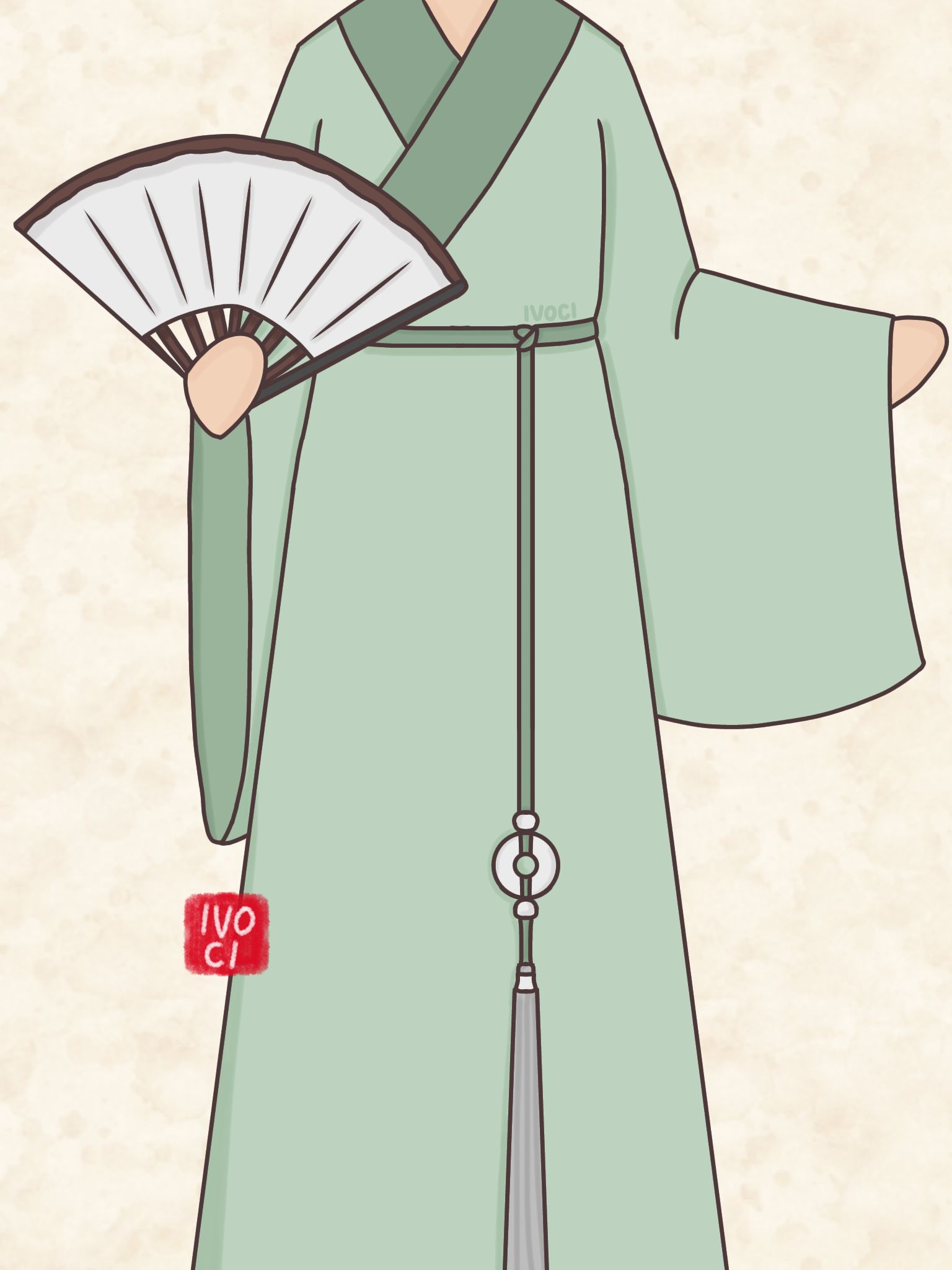
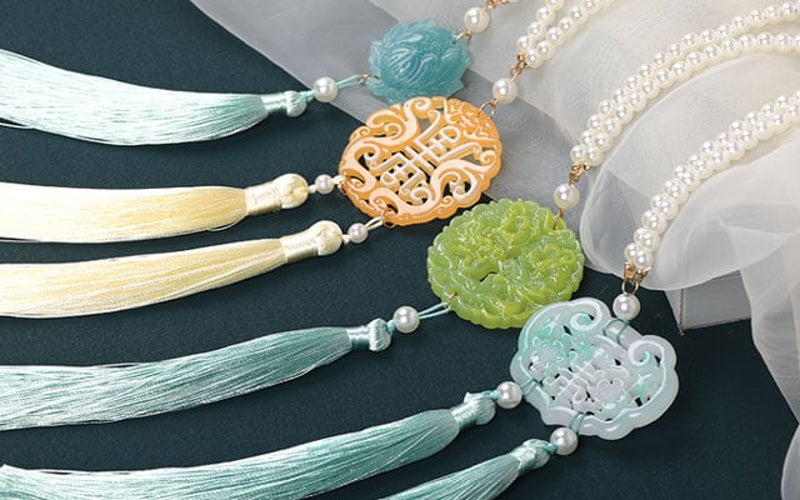
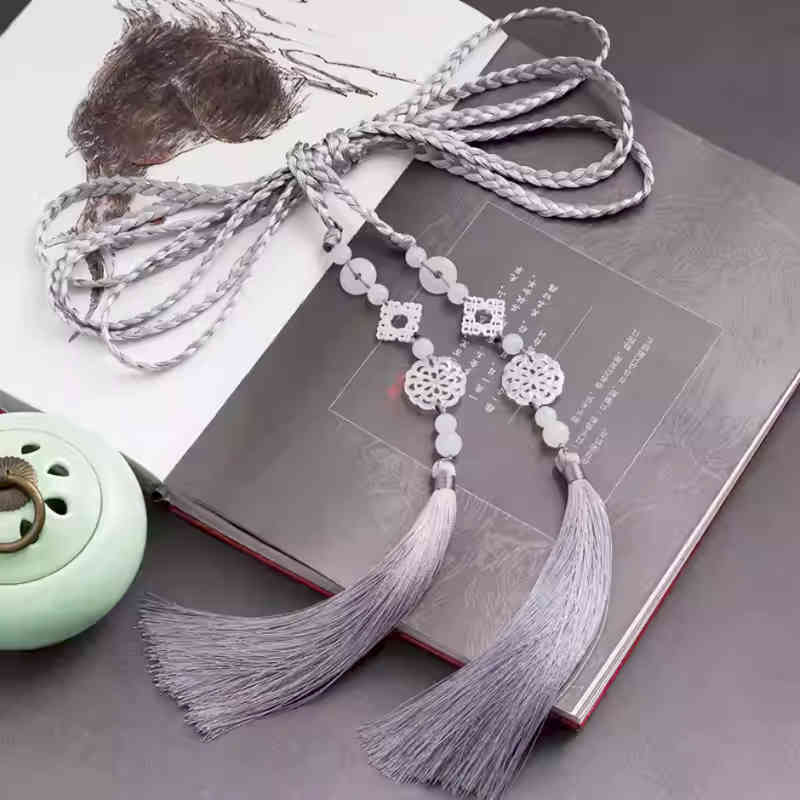
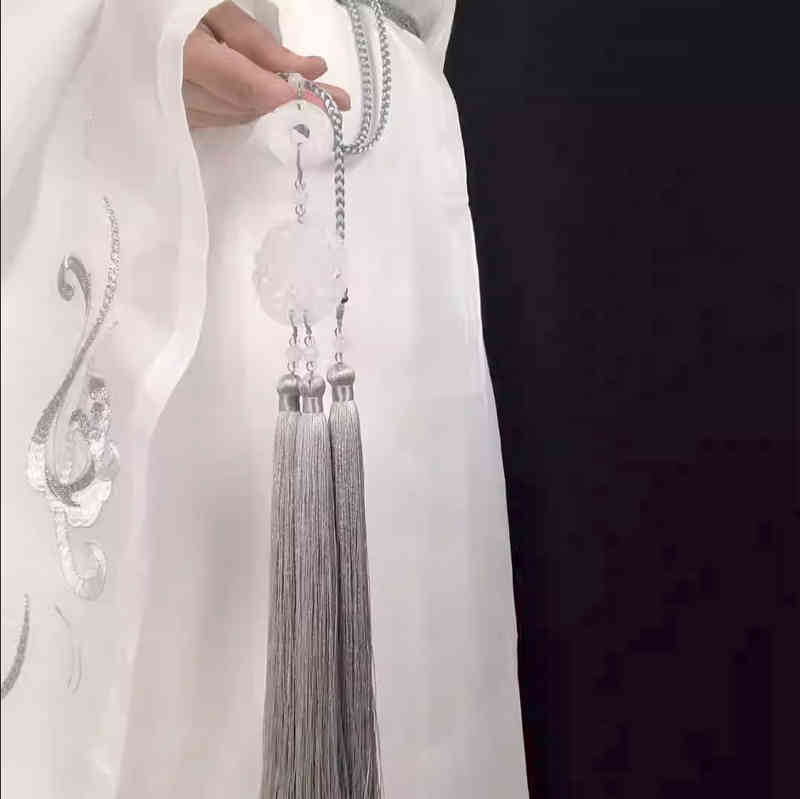
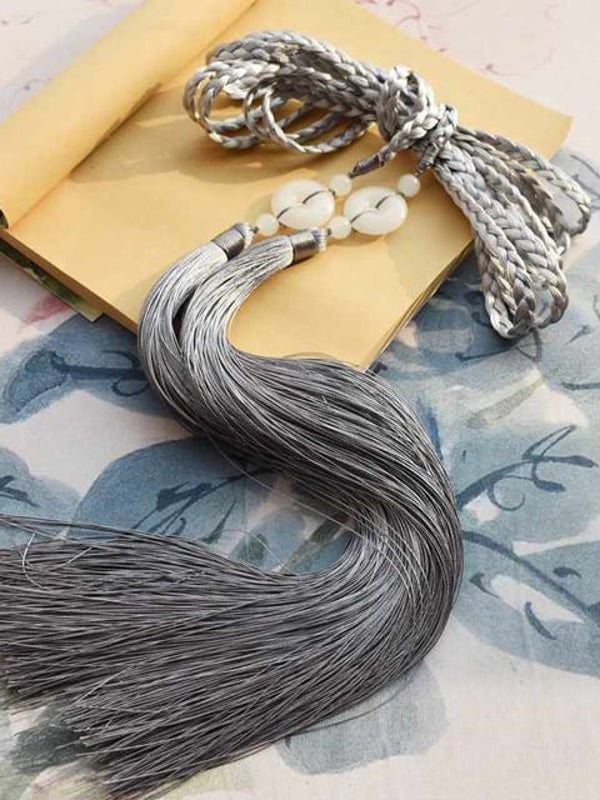
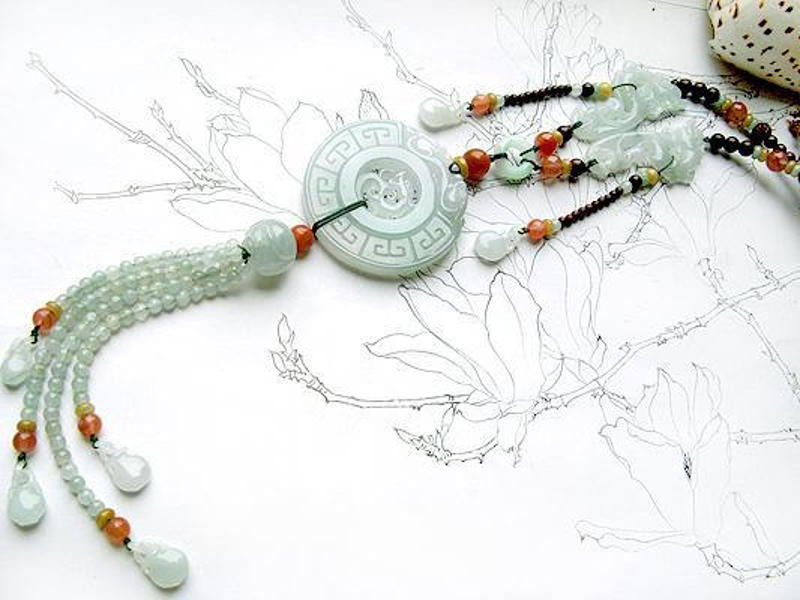
Leave a Reply